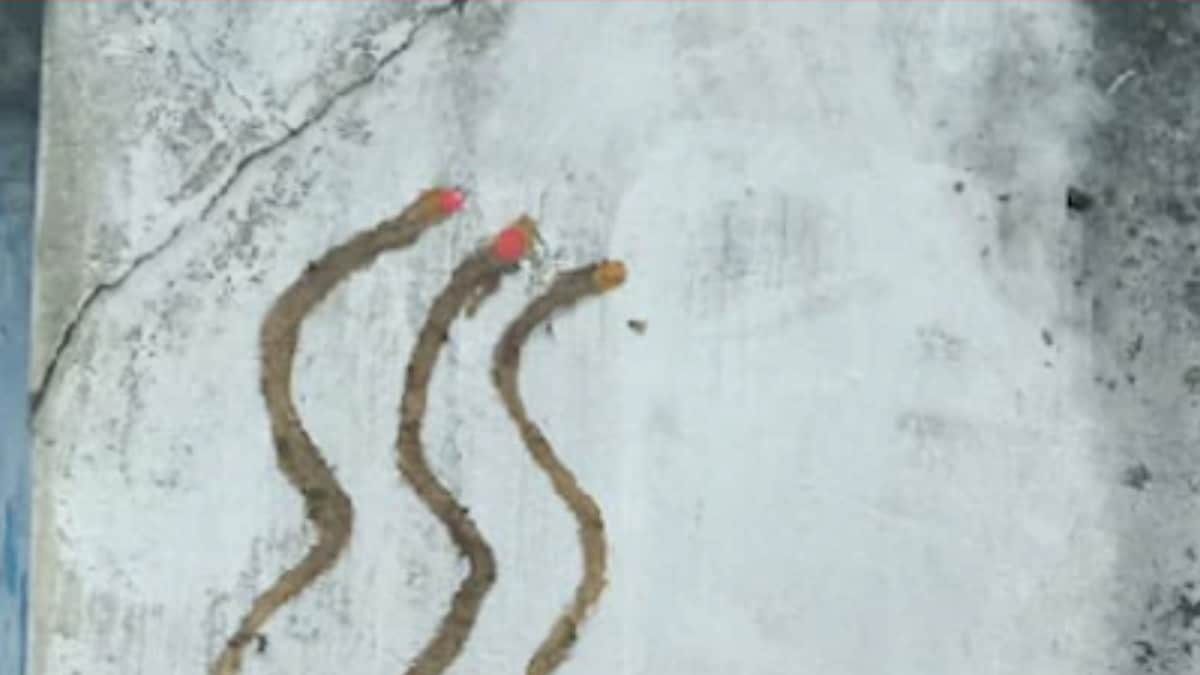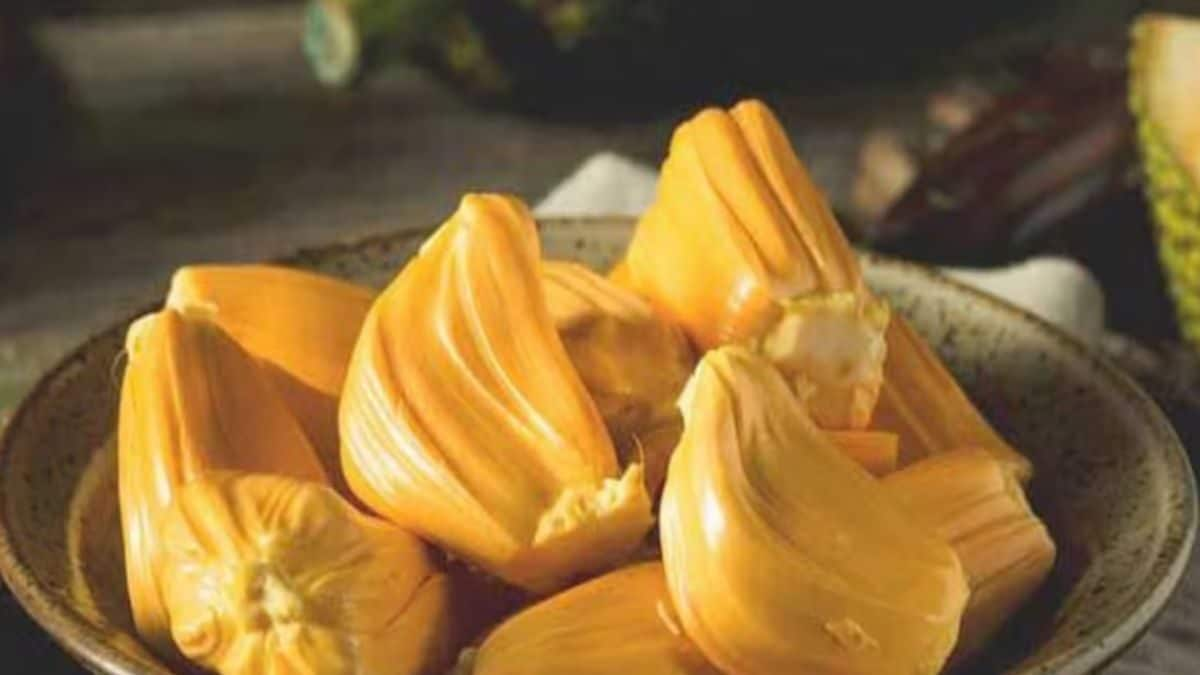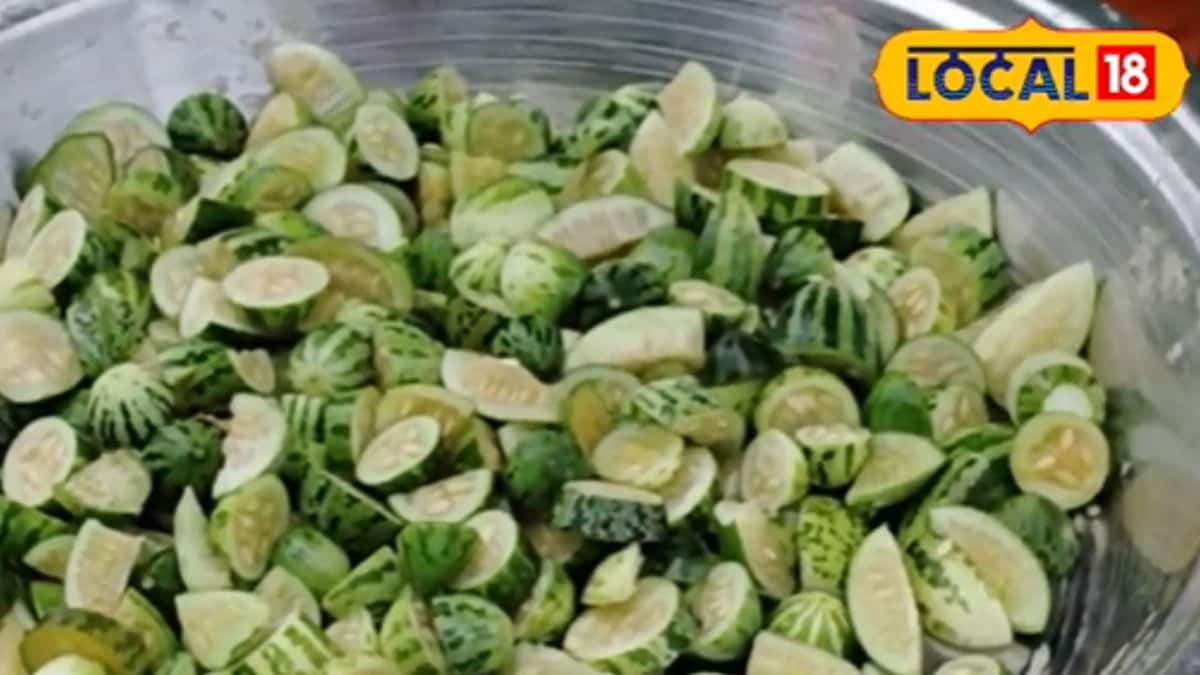During this time, Lord Shiva, Goddess Parvati and Naga deities are worshipped.
According to Bhopal-based astrologer and Vastu consultant Pandit Hitendra Kumar Sharma, Nag Panchami will be celebrated on August 9.
Nag Panchami is one of the most important Hindu festivals, where the snake god is considered to be the god of water and food. Nagas or snakes are called snake deities according to Hindu mythology. Generally, this festival is celebrated on the fifth day of the month of Shravan, which falls in July or August. The word Nag means snake and Panchami denotes the fifth day. Devotees believe that during this time, if one worships nagas, it pleases Lord Shiva and blesses the devotees with happiness and prosperity. Did you know that on this day, devotees use cow dung to make the shape of a snake and place it at the main entrance of their house? Do you know why?
Importance of snake-shaped cow dung:
According to Bhopal-based astrologer and Vastu consultant Pandit Hitendra Kumar Sharma, Nag Panchami will be celebrated on August 9. The auspicious time for worship is from 5:47 pm to 8:27 pm. Regarding the importance of the snake figure outside the house, the Pandit explained that this tradition has been there since ancient times. On the day of Nag Panchami, devotees place the snake figure made of cow dung at the entrance of the house as it is considered auspicious and there will be no fear of snakes inside the house.
According to religious scriptures, Lord Shiva has a snake in his neck, so he is worshipped along with Goddess Parvati and Naga deity. People believe that doing so will bring prosperity to the house and Lord Shiva will bestow his blessings along with the snake deity.
In many parts of the country, people worship real snakes, idols or images of snakes and offer them milk, rice and sweets. Snake charmers are also hired to bring real snakes to temples so that they can be worshipped. Many devotees observe fast on this day and visit various temples dedicated especially to snake deities. They pray, chant mantras and perform various rituals to seek blessings from the snakes.
The occasion also highlights the importance of snake conservation. Many organisations and community workers use the occasion to raise awareness among the population about the importance of snakes in the ecosystem.












